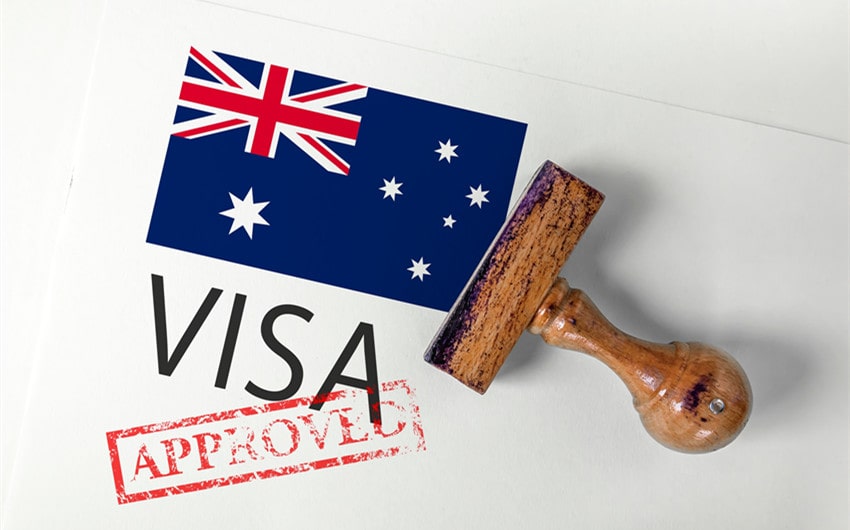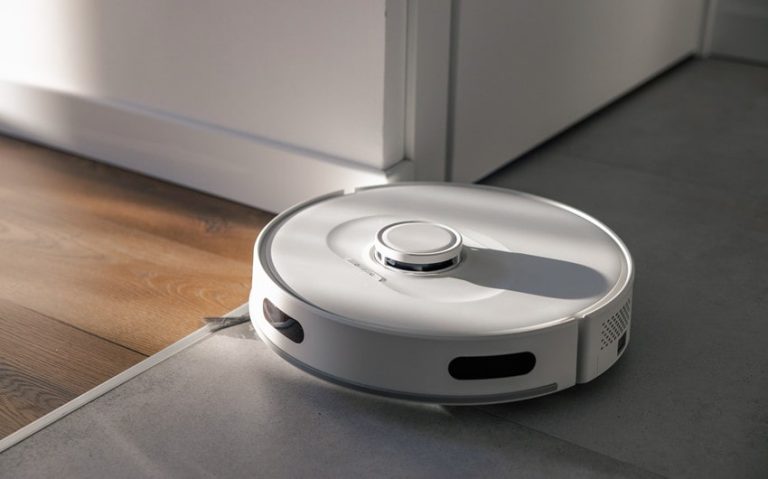How to Bring Your Family to Australia on a 482 Visa: Understanding the Subsequent Entrant Process
Moving to Australia for work is an exciting opportunity, but for many skilled professionals, it’s not complete without family by their side. The good news? Australia’s immigration system recognises how important family unity is. If you hold a Temporary Skill Shortage (TSS) Visa, also known as the skilled worker visa subclass 482 Australia, your eligible family members can join you through what’s called a subsequent entrant visa.
This pathway allows spouses, de facto partners, and dependent children to live, work, or study in Australia while you continue your employment under your sponsored visa. Below, we’ll walk through what a subsequent entrant is, who qualifies, and how to make the application process as smooth as possible.
What Is a Subsequent Entrant?
A subsequent entrant, in the context of the 482 Visa, is a family member who wishes to join the primary visa holder in Australia after the initial visa has been granted. It’s essentially the government’s way of keeping families together while supporting the skilled workforce that drives Australia’s economy.
Eligible family members can include a spouse, a de facto partner, or dependent children. These dependents can either travel with the primary visa holder to Australia or apply separately to join them later. It’s a system designed to promote family stability and help skilled workers settle more comfortably into Australian life.
Who Qualifies as a Subsequent Entrant?
Eligibility depends on your relationship with the primary visa holder. Generally, this includes:
- Spouses or de facto partners, who can show evidence of a genuine and continuing relationship.
- Dependent children under 18, who are legally and financially dependent on the visa holder.
- Dependent children aged between 18 and 23, who are still financially reliant on their parents or unable to support themselves due to a disability.
For children, proof such as birth certificates, custody documents, or adoption records will typically be required. For partners, immigration authorities often ask for evidence like joint financial accounts, cohabitation documents, photos, or marriage certificates.
Proving a genuine relationship is key here. The Department of Home Affairs wants to ensure that applicants aren’t entering into relationships for visa convenience—so your supporting evidence matters.
Health and Character Requirements
Like all Australian visa categories, subsequent entrants under the 482 program must satisfy both health and character requirements.
For the health requirement, applicants will likely need to complete a medical examination, chest X-ray, and possibly other tests, depending on their age and country of residence. These checks are meant to ensure that new entrants don’t pose a public health risk or incur excessive healthcare costs for Australia. The Department of Home Affairs will provide instructions and require applicants to use an approved medical provider.
If an applicant doesn’t meet the health standard, they might still be eligible under specific health waivers, depending on the circumstances.
The character requirement is equally important. Subsequent entrants must submit police clearance certificates from every country they’ve lived in for 12 months or more during the past decade since turning 16. These certificates demonstrate good character and confirm that applicants don’t pose a security or criminal risk to the community.
It’s vital to be honest and transparent during this step. Even minor offences or expunged records should be disclosed—failing to do so can lead to delays or, worse, visa refusal.
Employer Nomination and Sponsorship
For a family member to be granted a subsequent entrant visa, the sponsoring employer of the primary 482 visa holder must consent to sponsor the dependents as well. This step ensures the sponsor understands and supports the addition of family members under the existing employment arrangement.
Employers often work with registered migration professionals like Unique Migration Services to handle the documentation and coordination required for this part of the process. A migration agent can communicate with both the employer and the Department of Home Affairs, reducing the risk of errors or missing information that could slow down approval.
How to Apply as a Subsequent Entrant
The application process for subsequent entrants is usually completed online via the Department of Home Affairs’ portal. The primary visa holder, or their migration agent, typically lodges the application on behalf of family members.
Each applicant will need to provide documents proving their relationship to the primary visa holder, evidence of health and character checks, and any other supporting materials requested by immigration officials. Once submitted, the applications are reviewed for eligibility and compliance with visa conditions.
If you’re applying from outside Australia, your dependents must wait until their visas are granted before they can travel. If applying within Australia, you’ll need to make sure the applicants hold a valid visa at the time of lodging the application.
Relationship Considerations: Spouses, De Facto Partners, and Children
Different relationship types require slightly different documentation. For spouses or de facto partners, the emphasis is on proving the authenticity of the relationship. This can involve submitting evidence like shared utility bills, lease agreements, joint bank accounts, or declarations from friends and family who can vouch for your partnership.
When it comes to children, eligibility depends on their age and financial dependency. Children under 18 are usually straightforward, while those between 18 and 23 must demonstrate that they rely financially on the primary visa holder or have a disability preventing self-support.
Every case is unique, and immigration officers assess each one carefully. Ensuring your documents are complete and consistent is essential for avoiding unnecessary delays.
Common Challenges in the Application Process
Although applying for a subsequent entrant visa may seem straightforward, the procedure can actually be quite intricate. A frequent challenge that applicants encounter is supplying sufficient proof to demonstrate relationships—particularly for de facto partners. Immigration officials frequently demand extensive paperwork to confirm dedication over time and mutual obligations.
Another common problem is insufficient documentation. Absence of required documents or erroneous paperwork may lead to significant delays or outright rejections. That’s why numerous families opt to collaborate with reliable migration professionals such as Unique Migration Services, who focus on guaranteeing that all needs are satisfied from beginning to end. They can also aid with associated visa options, like the skilled worker visa subclass 482 Australia, supporting professionals and their families in adjusting seamlessly to life in Australia.
Ultimately, alterations in immigration policy or unforeseen processing delays can affect schedules. Being updated and maintaining open dialogue with your migration agent can lessen anxiety and ensure your application stays on course.
Your Path to Reuniting in Australia
Bringing your family to Australia through the subsequent entrant pathway of the 482 Visa is an excellent method to create a stable, fulfilling life while progressing in your career. It enables families to remain united, enjoy new experiences, and comfortably integrate into Australia’s diverse society.
However, similar to any visa application, thorough preparation and precision are crucial. Having the appropriate documentation for your application, satisfying health and character standards, and being transparent will maximize your chances of success.
If you’re uncertain about how to begin or seek expert assistance for a smooth process, reach out. Their knowledgeable team is well-versed in the details of the skilled worker visa subclass 482 Australia and can assist you throughout the entire process—whether you’re applying for the first time or including family members as additional entrants.
Starting a new chapter in Australia is so much more meaningful with your family alongside you.







